
The Mississippi River, stretching over 2,300 miles from Minnesota to the Gulf of Mexico, isn’t just stunning; it also has some dark secrets beneath the surface. This river has some of the creepiest creatures to show just how mysterious this river can be. These creatures show this river’s diversity and have more than meets the eye.
1. Blue Catfish

These fish are one of the largest freshwater catfish species in the Mississippi River and can easily be spotted by their deeply forked tail and bluish-gray coloration. These bottom-dwellers can grow to over five feet and weigh 150 pounds. They often dwell in deep channels with swift currents and sandy or gravel substrates. These adaptable fish can feed on fish, aquatic insects, mollusks, and plant material.
They can live for up to 34 years, and in late spring and early summer, they spawn in protected areas like undercut riverbanks or behind rocks, where both males and females guard their eggs and fry. They are well-loved under sports fisherman due to their size and the thrill of the catch.
2. Bull Shark
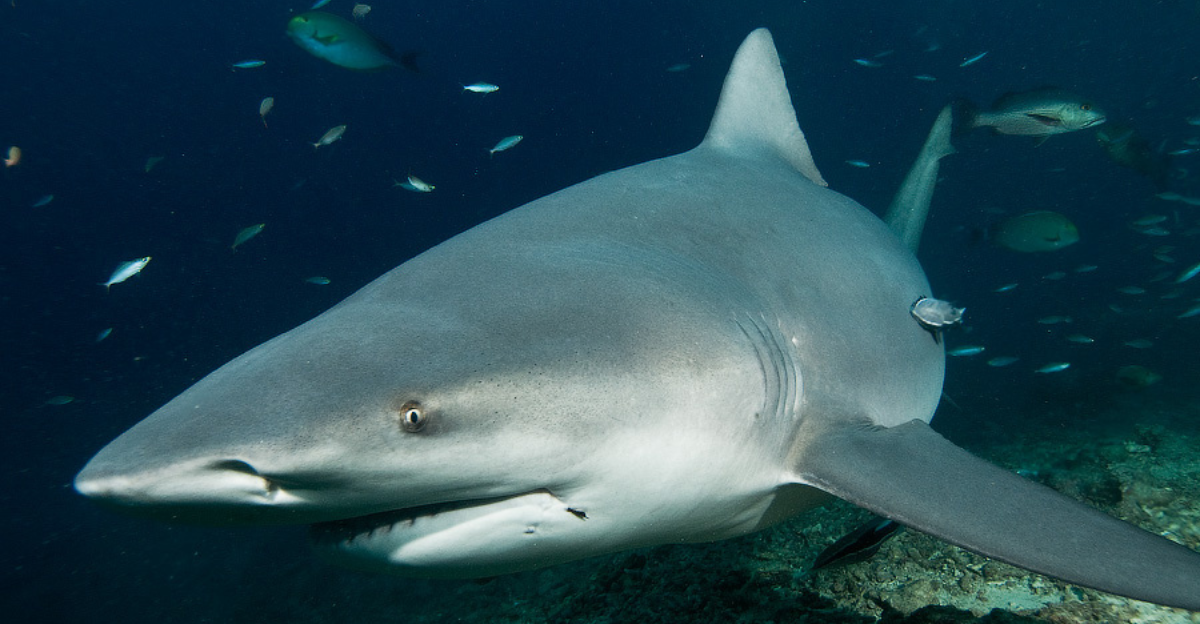
You might not expect to find this remarkable creature dwelling in the waters of the Mississippi River, but they often tend to find their way into the river. These sharks are one of the few species capable of adapting to freshwater, allowing them to venture far inland. Researchers have confirmed two notable sightings in the upper Mississippi: a 5-foot, 84-pound bull shark caught near Alton, Illinois, in 1937, and another trapped at a power plant intake canal near Rush Island, Missouri, in 1995.
They’re seeing these sharks, which might be rare; it shows how remarkable they are. Scientists hypothesize that these migrations may be evolutionary or simply anomalies. They can grow large and are fascinating creatures from afar, but knowing they might lurk below is terrifying.
3. Longnose Gar

These ancient fish still roam the waters of the Mississippi River even though they have been around for a remarkable 100 million years. They have a unique long, narrow snout filled with sharp teeth and a cylindrical, armor-like body covered in ganoid scales and can grow well over 5 feet. These fish have adapted to survive in low-oxygen environments by using a highly vascularized swim bladder that functions as a primitive lung, enabling them to gulp air at the surface.
While they mainly use their sharp teeth to catch small fish, their diet can also include crayfish, frogs, and even small rodents. During spawning, typically in late spring and early summer, females can lay up to 77,000 adhesive eggs in shallow, vegetated areas. They might seem terrifying, but they play a significant role in maintaining the ecosystem’s delicate balance.
4. Snapping Turtle
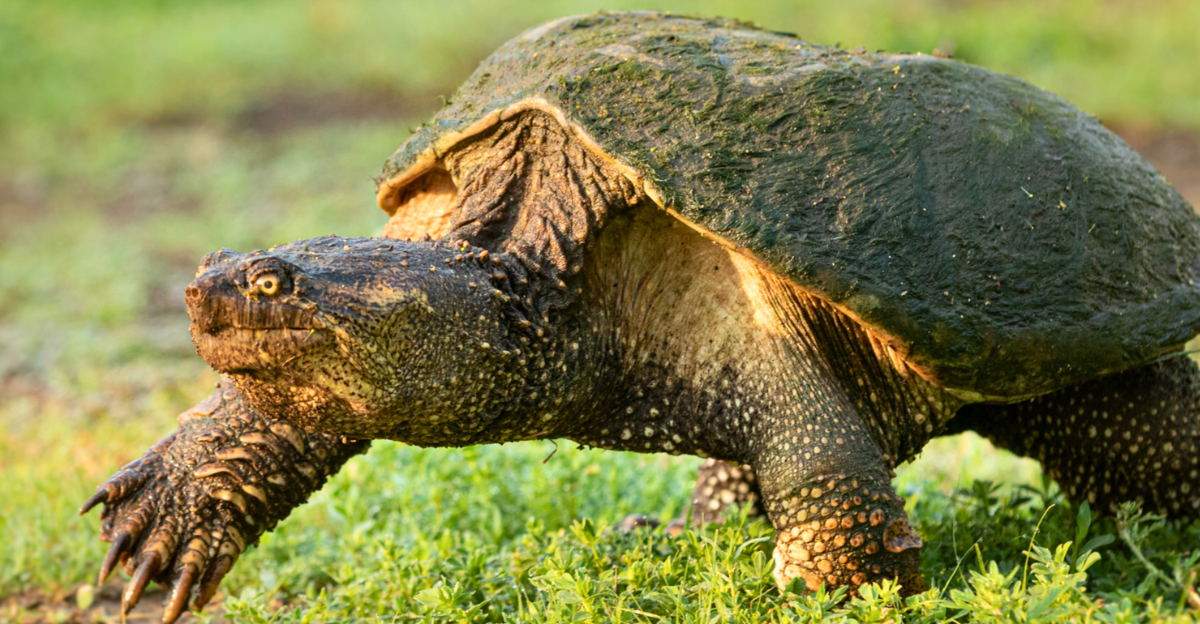
These little snappers are well-known for their muscular build, sharp claws, long necks, and powerful jaws. They snack on anything that comes their way, like plants, fish, amphibians, reptiles, birds, and even small mammals. Snapping turtles spend most of their lives underwater, emerging only briefly to breathe or during the nesting season.
Females travel long distances on land to lay their eggs in warm, sandy areas, depositing up to 80 eggs per clutch. While generally shy and quick to retreat into sediment when disturbed, snapping turtles can become aggressive if threatened, striking with lightning speed due to their flexible necks. They might seem intimidating, but they are needed in their ecosystem.
5. American Eel
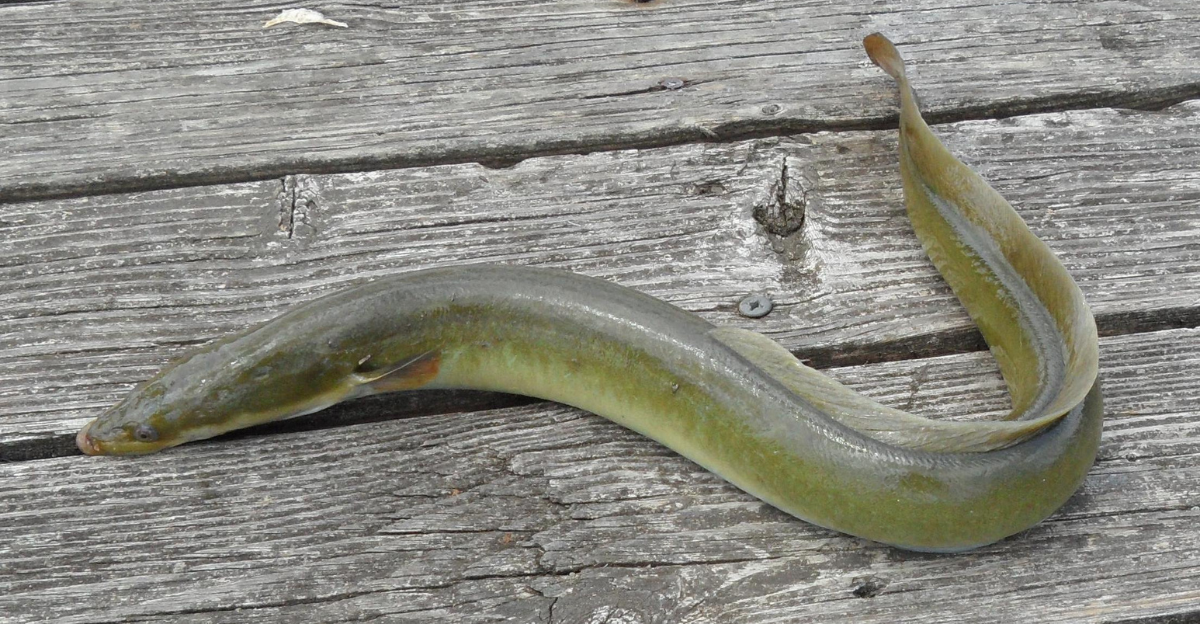
These mysterious creatures are born in the Sargasso Sea and take on thousands of miles before they end up in the Mississippi River. Females travel upstream into freshwater systems like the Mississippi, while males remain closer to brackish estuary waters. With their slender, snake-like bodies and olive-to-brown coloration, American eels can grow up to five feet long, though most are smaller.
They are nocturnal hunters and feed on fish, crustaceans, insects, and other tiny organisms. They mainly live in freshwater but travel back to their birthplace to spawn. This species is endangered due to habitat fragmentation caused by dams obstructing their migration routes.
6. Alligator Gar
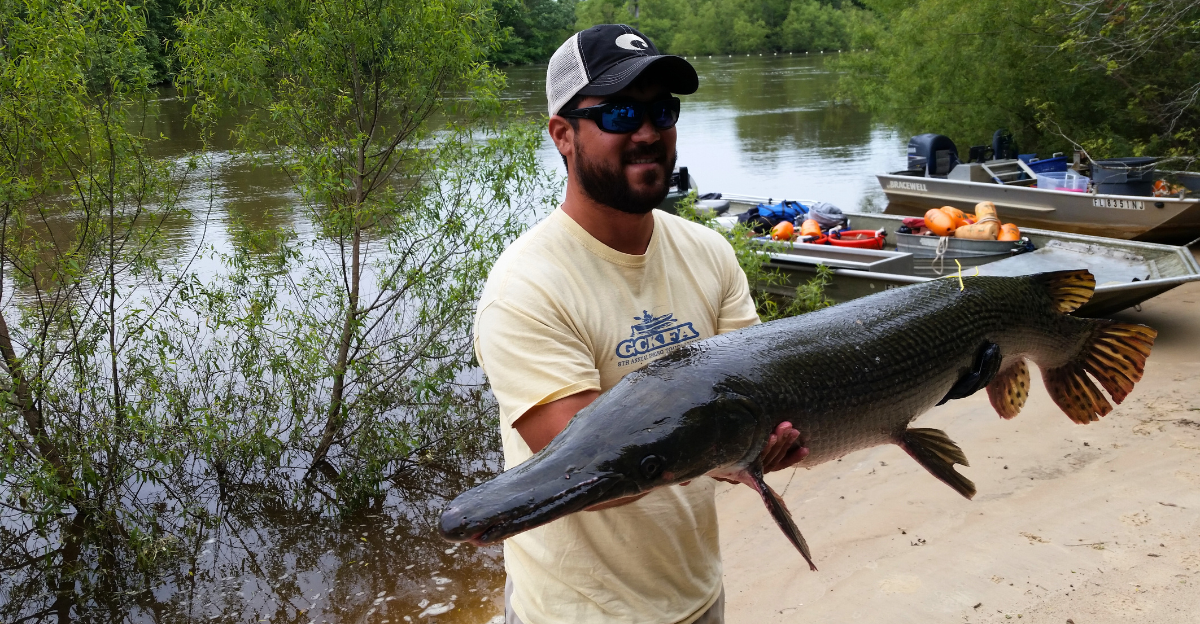
These creepers are just as ancient as their cousins previously mentioned, but that doesn’t make them any less fascinating. Alligator gar can grow up to 10 feet long and weigh over 300 pounds, with a broad, alligator-like snout filled with two rows of sharp teeth. Their bodies are covered in diamond-shaped, armor-like scales, providing excellent protection.
These creatures are currently endangered due to habitat loss, overfishing, and flood control measures, which have led to conservation efforts to protect them. As of 2025, the species remains a protected non-game fish in Missouri, highlighting ongoing conservation concerns.
7. Paddlefish

These scary-looking creatures can lurk in the depths of the Mississippi River, grow 7 feet long, and weigh over 100 pounds. They have an elongated, paddle-shaped snout, which accounts for nearly a third of their body length; this fish uses thousands of sensory receptors on its rostrum to detect swarms of zooplankton. They can mainly live in slow-moving water like lakes and deep river channels.
During spring floods, they migrate upstream to spawn over gravel or sandy bottoms. However, habitat destruction caused by dams and pollution has significantly reduced their population, confining them to fewer areas within their historic range.
8. Channel Catfish
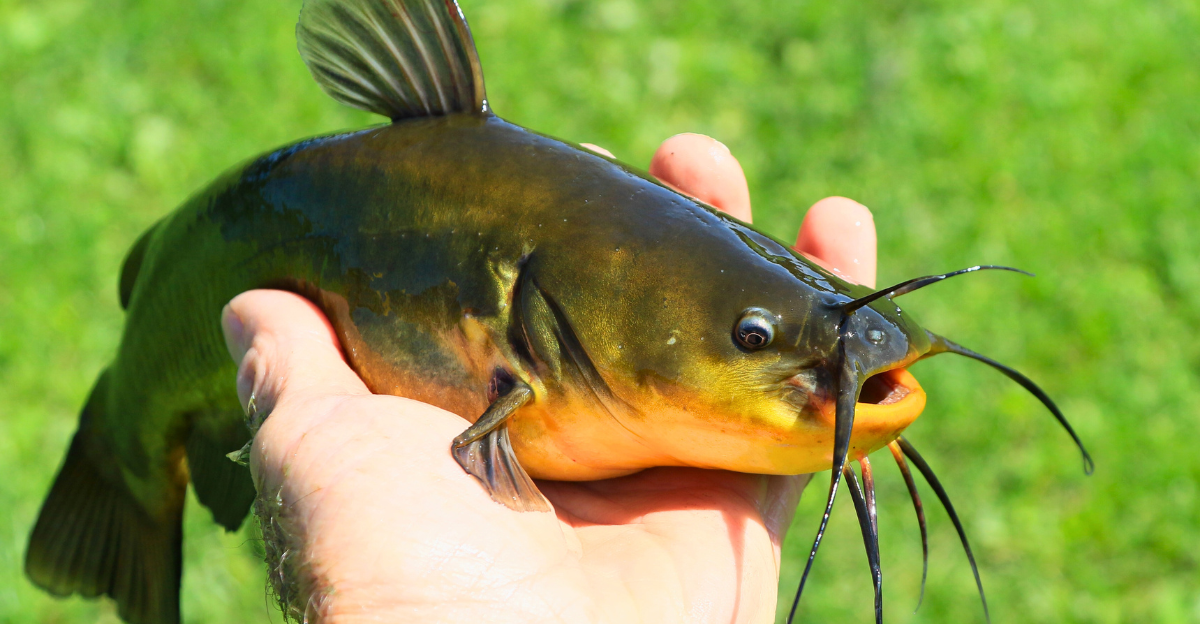
Besides their thick whiskers, they don’t have any resemblance to a cat, and it’s pretty creepy. They can easily be spotted by their slender, scaleless body, deeply forked tail, and dark spots that fade with age. They prefer to live in slow-moving rivers where they thrive in their habitat.
They are opportunistic omnivores, using their barbels to detect insects, crustaceans, small fish, and even plant material in murky or clear waters. During late spring and early summer, males guard nests in submerged logs or undercut banks after females lay eggs, which hatch within a week. While they tolerate brackish conditions, their populations are influenced by habitat quality, with studies showing a preference for off-channel areas and moderate currents.
9. Bowfin
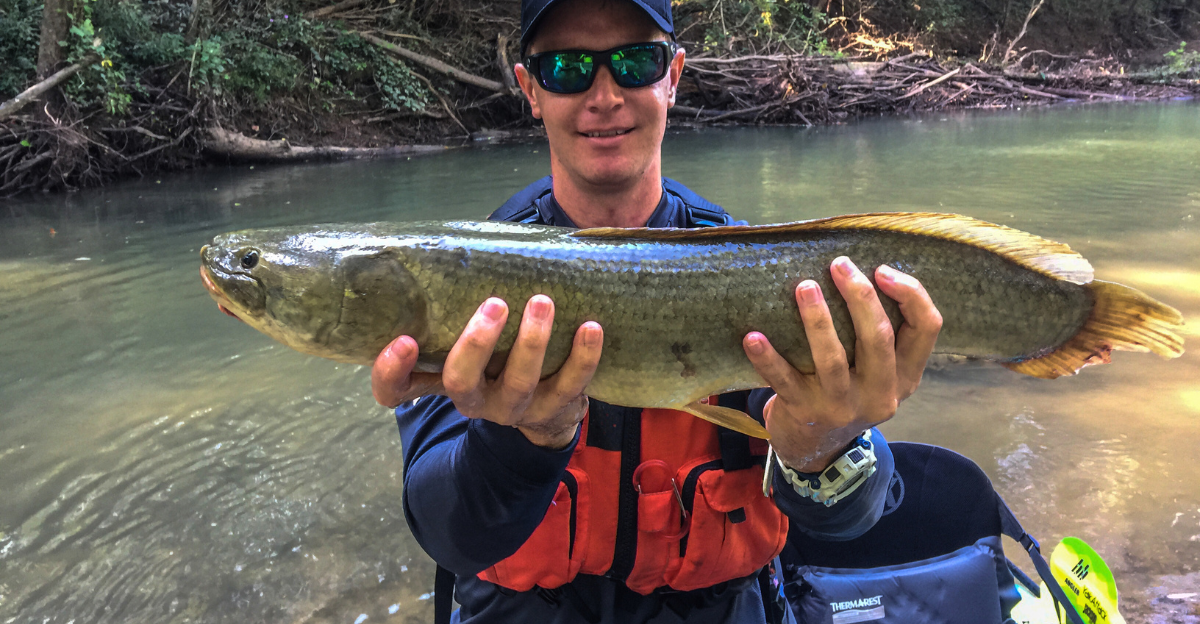
These ancient creatures have lurked in the waters for over 150 million years and still thrive today. Their cylindrical bodies, long dorsal fins, and sharp teeth give them a prehistoric appearance. At the same time, their ability to breathe air using a specialized swim bladder allows them to survive in low-oxygen environments.
They love snacking on amphibians, crustaceans, insects, and other fish in the area. During a spawning season in spring, males build nests in aquatic vegetation and fiercely guard eggs and young fry, even chasing away intruders despite being labeled as “rough fish” by anglers due to their voracious appetite for prey shared by sport fish.
Explore more of our trending stories and hit Follow to keep them coming to your feed!

Don’t miss out on more stories like this! Hit the Follow button at the top of this article to stay updated with the latest news. Share your thoughts in the comments—we’d love to hear from you!







